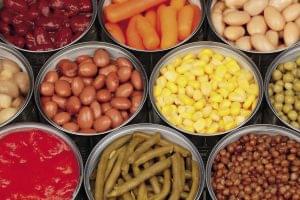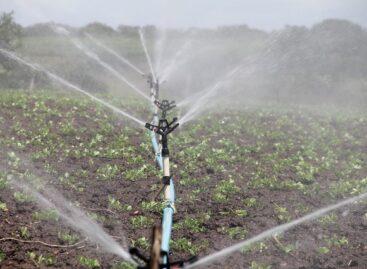There is a problem with corn
As we enter the middle of the summer harvest season, the picture of the 2025 arable crop results is becoming clearer. The barley harvest is practically complete, and about a third of the wheat harvest has already taken place, while the rapeseed harvest is also progressing at a similar pace. According to the National Association of Grain Growers, no serious losses are expected at a national level for these main autumn-sown arable crops – although the regional differences are very significant – writes Agrárszektor.
Wheat yields vary by region

“In the case of wheat, the picture is very mixed in terms of yields, with different results being achieved in different parts of the country, but it currently seems that the average yield per hectare could be around 4.8–5 tonnes nationally,” said Tamás Petőházi, President of the GOSZ, in response to Portfolio’s inquiry. This value represents an acceptable yield overall, but the fluctuations in input prices, logistics and purchase prices, which also affect the profitability of the crops, pose a serious challenge for both farmers and processors.
They are now praying to the heavens for corn
However, corn remains one of the biggest question marks in Hungarian agriculture. The fate of the crop currently depends practically exclusively on the weather in the coming days: if there is no significant rainfall, especially in the critical areas of Transdanubia, then this year’s corn harvest could turn out catastrophically.
“We are now practically expecting rains next week,” said Tamás Petőházi, adding that if the heat and dry air remain during the flowering period, then even the already subdued expectations will be shattered. According to the expert, no one is talking about a good year for corn anymore, the goal can only be to avoid complete failure in the rainier eastern parts of the country and in irrigated areas.
Regional differences, increased risk
The year 2025 is clearly characterized by a sharper yield gap between regions. While farmers may realize acceptable yields in some areas of the Great Plain or the northeast, it is already certain that significant crop losses will have to be expected in the drier regions of Western Transdanubia. This uncertainty makes harvest and logistics planning, as well as market entry, particularly difficult in the grain market, where prices also react sensitively to weather news.
Related news
Ministry of Agriculture: the government is giving priority support to the development of irrigation
🎧 Hallgasd a cikket: Lejátszás Szünet Folytatás Leállítás Nyelv: Auto…
Read more >Despite the drought, there will be no shortage of high-quality Hungarian fish
🎧 Hallgasd a cikket: Lejátszás Szünet Folytatás Leállítás Nyelv: Auto…
Read more >Farmers can count on the government in the fight against drought
🎧 Hallgasd a cikket: Lejátszás Szünet Folytatás Leállítás Nyelv: Auto…
Read more >Related news
Even though the price of cocoa has halved, chocolate will not become cheaper
🎧 Hallgasd a cikket: Lejátszás Szünet Folytatás Leállítás Nyelv: Auto…
Read more >Temu is crushing domestic webshops – Christmas won’t change either
🎧 Hallgasd a cikket: Lejátszás Szünet Folytatás Leállítás Nyelv: Auto…
Read more >The Hungarian Food Bank is putting together 44,000 food packages from the proceeds of ALDI’s first Advent market
🎧 Hallgasd a cikket: Lejátszás Szünet Folytatás Leállítás Nyelv: Auto…
Read more >






